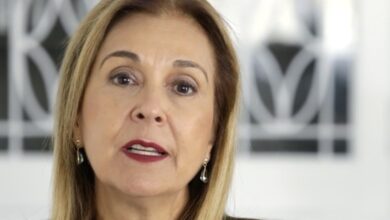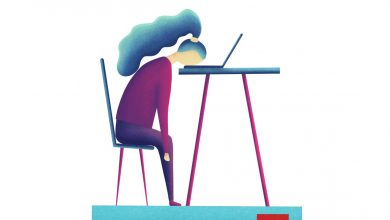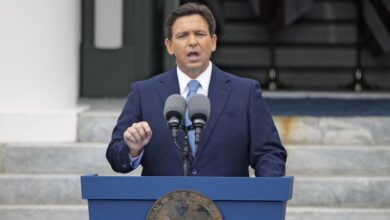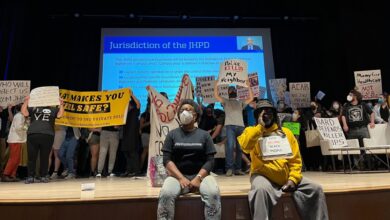How Would Student-Loan Forgiveness Really Work?
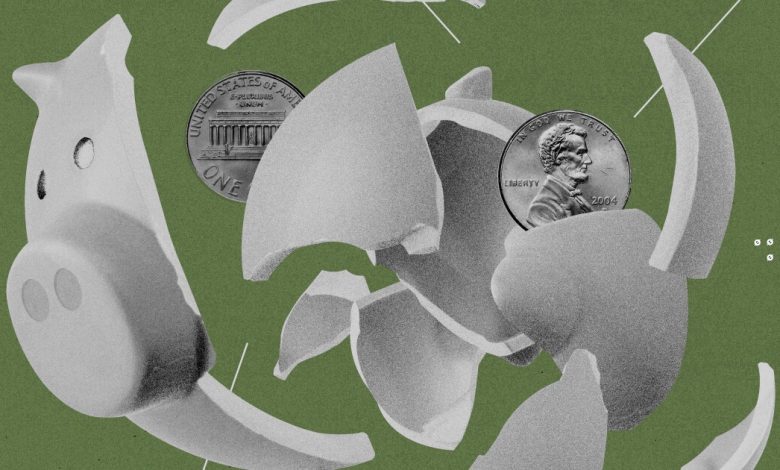
Nearly 18 months into the term of President Biden, his administration continues to grapple with whether and how to provide blanket forgiveness to the more than 40 million people who hold nearly $1.6 trillion in student-loan debt.
Since he was a candidate in 2020, the president has consistently said he wanted to erase up to $10,000 of debt for each borrower, preferably by an act of Congress rather than executive action. So far, Congress has failed to act, and Biden’s campaign proposal remains just that, with little indication from the administration if or when an executive action will be announced. The White House has denied that any plan is imminent, though news accounts in The Washington Post and The Wall Street Journal indicate otherwise.
Those reports outline a plan consistent with the president’s original target amount, perhaps with an income cap to limit who will be eligible. Such a measure would erase the debt of nearly a third of borrowers and halve the debt of an additional 20 percent.
It’s not clear if that will be enough to satisfy Democratic activists, who are pushing for a larger amount to be forgiven and warning that the party may suffer in the fall midterm elections without such a bold policy. Republicans, by contrast, may seek to paint loan forgiveness as a costly handout to college graduates who are already economically secure. “With his poll numbers tanking, President Biden is trying to buy off voters with mass student-loan forgiveness,” said Rep. Virginia Foxx of North Carolina, in a news release. Foxx is the top Republican on the U.S. House of Representatives’ Committee on Education and Labor.
In addition to political considerations, any plan is likely to face numerous logistical and legal hurdles, including whether the president has the authority to forgive loans and whether the government and third-party loan servicers can manage the process efficiently. The U.S. Department of Education did not respond to a request for comment.
While much of the discussion about loan forgiveness has focused on how much debt should be forgiven, Congress needs to bolster student aid and to reform policies that punish students when their degrees do not pay off, said Sameer Gadkaree, president of the Institute for College Access and Success. For example, he said, Congress should pass the free-college program proposed by the president and make student loans eligible for discharge in bankruptcy.
“The loan-forgiveness conversation points to the flaws in the system that relies too heavily on debt and the economic hardship some borrowers have faced,” Gadkaree said. “We haven’t engaged on that conversation.”
Who Should Benefit
A proposal to cancel student loans would make more sense if it were part of a broader discussion about how to finance a college education, said Matthew M. Chingos, who directs the Center on Education Data and Policy at the Urban Institute.
Instead, Chingos said, the current debate focuses on whether the president should pick a somewhat random amount for cancellation, without discussing who should benefit from loan forgiveness and without taking steps to prevent future college students from ending up with intractable debts.
Still, while there may not be a specific economic argument for limiting loan cancellation to $10,000, it would be an easy way to erase all student debt for a plurality of borrowers.
About a third of those with student-loan debt owe less than $10,000. More than half of borrowers owe less than $20,000, and three-quarters owe less than $40,000. Just 7.3 percent of those with student-loan debt have balances of more than $100,000.
Younger borrowers are also more likely to have their entire student-loan balance erased by a blanket cancellation. More than half of borrowers age 24 or younger owe $10,000 or less. Borrowers 62 years old and older are the second-largest group that would see all of their debt erased under such a plan, with 36 percent carrying balances of $10,000 or less.
If the White House does settle on a limit of $10,000 in forgiveness per borrower, many other policy choices would need to be made, such as whether debts accrued by parents or graduate students would be included in the relief plan.
If the Biden administration was considering who might benefit most from loan cancellation, Chingos said, it should look to people who took out Parent Plus Loans to pay for their children’s education but have little hope of repaying the debt. That situation makes the program seem like a predatory lender, he said, so the government should consider wiping out the entire amount, not just $10,000.
By contrast, he said, people who borrowed for graduate school, under the Grad Plus program, would be expected to benefit from their degree with a higher salary.
“Everyone agrees we should forgive the debt for people who can’t pay,” Chingos said. “Now the debate includes giving some forgiveness to people who should be able to pay.”
Who Would Qualify
In addition to limiting the amount to be forgiven, the White House may also be considering limits on who would qualify. News reports have indicated the administration may limit loan forgiveness to people who earn less than $150,000 a year.
Limiting student aid by income is a key feature of the federal government’s approach, said Scott Buchanan, executive director of the Student Loan Servicing Alliance, an association representing the private companies the federal government pays to manage the loans.
The loan-forgiveness conversation points to the flaws in the system that relies too heavily on debt.
Pell Grants, for example, are limited to low-income students, he said, as are the amounts and kinds of loans that students are eligible for. Widespread loan forgiveness should follow that practice, he said, in order to use scarce federal resources to help those who need it most.
But an income cap of $150,000 would exclude very few borrowers, said Justin Draeger, president and chief executive of the National Association of Student Financial Aid Administrators, and would save the government very little money.
Enforcing such a limit on loan forgiveness by income may also create bureaucratic hurdles, by requiring an application from each borrower and income verification by the Education Department.
The government cannot automatically verify borrowers’ incomes, said Draeger, because data from the Internal Revenue Service cannot be shared with other agencies unless specified by Congress.
While means-testing for loan forgiveness is a political question, Draeger said, the real issue is how the government will carry it off without placing a substantial burden on those who most need loan forgiveness and so prevent them from getting it.
When and How the Policy Could Be Rolled Out
Previous efforts at far-more-limited student-loan forgiveness have been plagued by complexity, confusion among borrowers, and poor communication by servicers. Policy experts warn that trying to expand forgiveness to tens of millions of borrowers could heighten those problems.
The Public Service Loan Forgiveness program, for example, was created in 2007 by Congress to give relief to people working in nonprofit, nursing, education, and other public-serving jobs. When the first borrowers were eligible for the program, after 10 years of loan repayments, the department initially rejected nearly all who applied to have their debts canceled.
In October the department waived the original rules in order to credit borrowers with payments that would have fallen outside the normal regulations. Billions more in loan balances have been canceled since then.
Earlier this month the department provided automatic relief amounting to nearly $6 billion in student-loan forgiveness for some 560,000 borrowers who had attended Corinthian Colleges, a for-profit chain that shut down in 2015. Students had been allowed to seek forgiveness of their loans through a regulation called “borrower defense to repayment,” but seven years after the colleges closed, tens of thousands of applications had yet to be approved.
The biggest question for the administration now may be whether it can create a widespread process for student-loan cancellation in time for the fall elections.
The progressive wing of the Democratic Party has been demanding student-loan forgiveness from the administration, and has warned that some left-leaning voters may not support Biden’s party in the fall.
Meantime, student-loan payments are set to resume on September 1, more than 2½ years after they were paused for the pandemic.
That pause and the restarting of payments are equally unprecedented, and no one is quite certain how the Education Department and loan servicers will be able to manage that shift along with all the other changes in loan repayments, Buchanan said.
“It’s going to take months to get it right,” he said, “and the department has no more financial resources to do this work than they did before the pandemic.”
That creates a potential political problem for the White House, he said: “If loan forgiveness is tied into political issues and they want it to happen before November, it’s going to be tough.”
Jacquelyn Elias contributed to this article.
Source link



